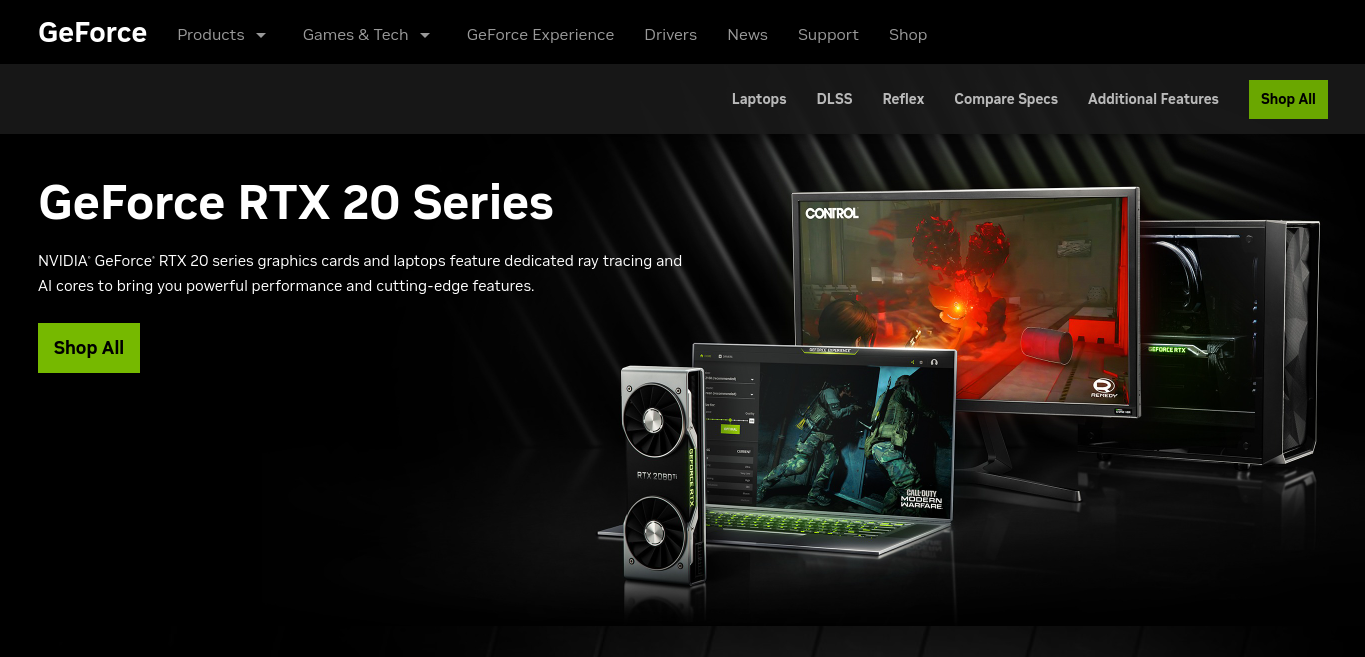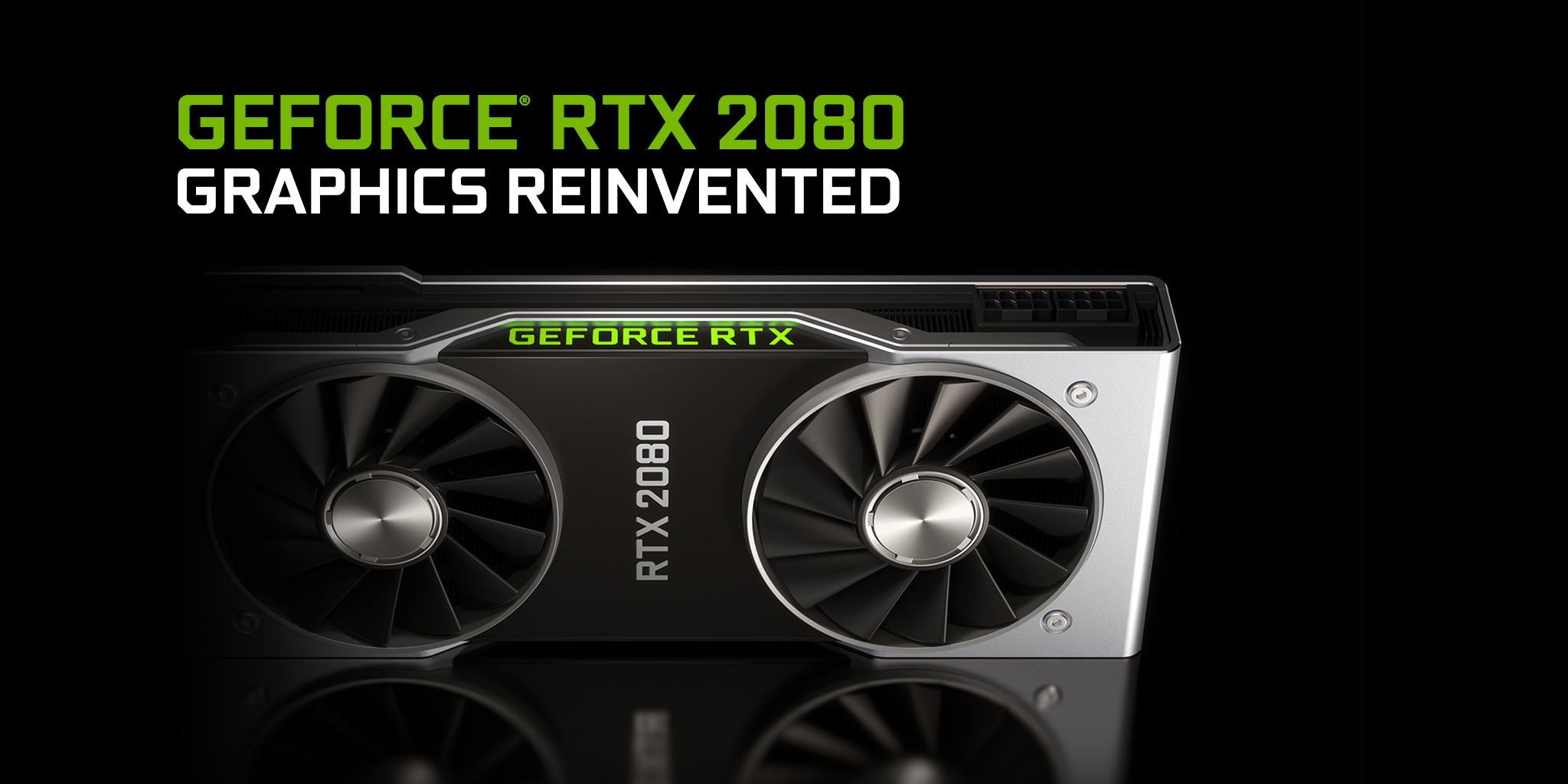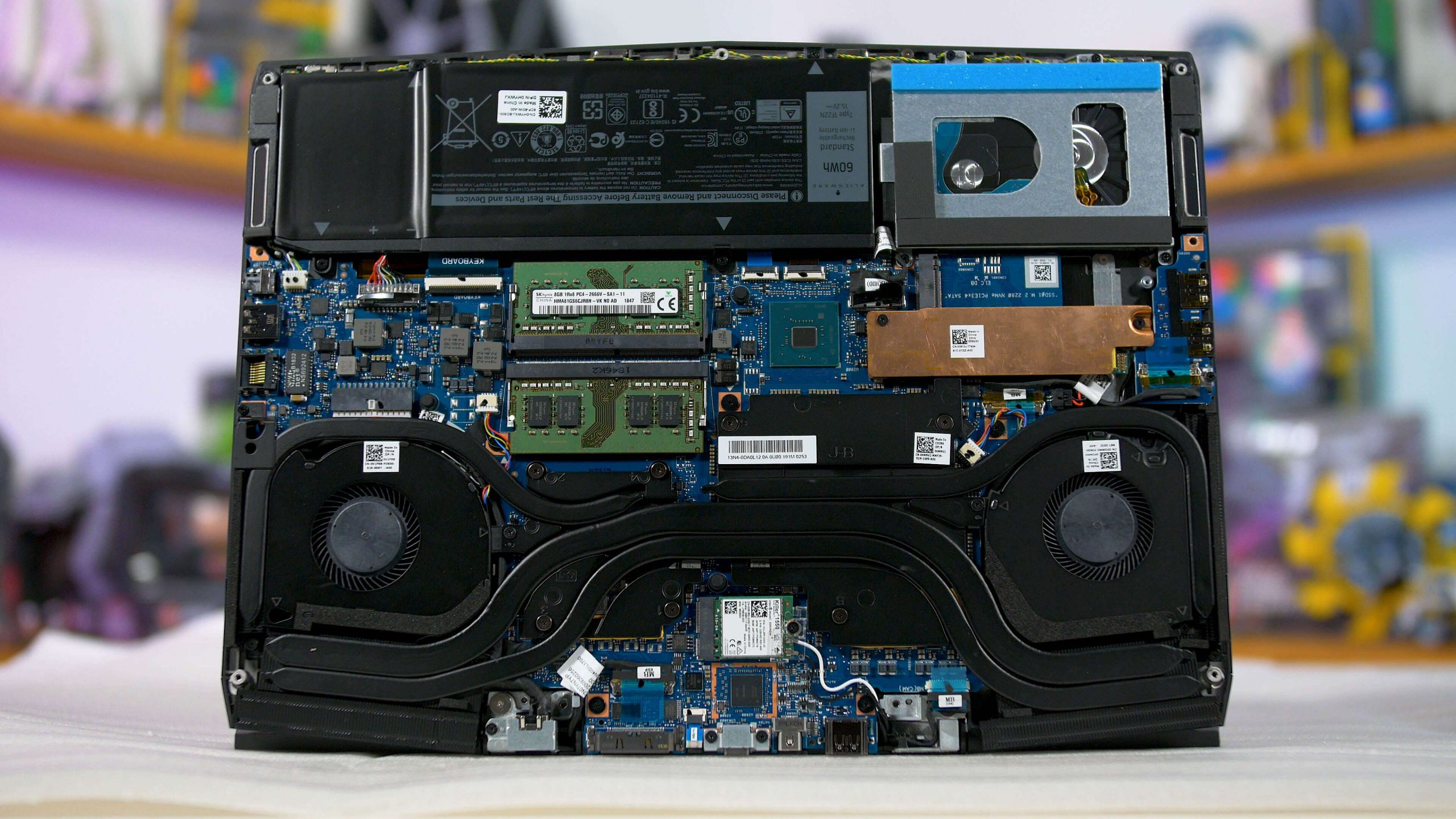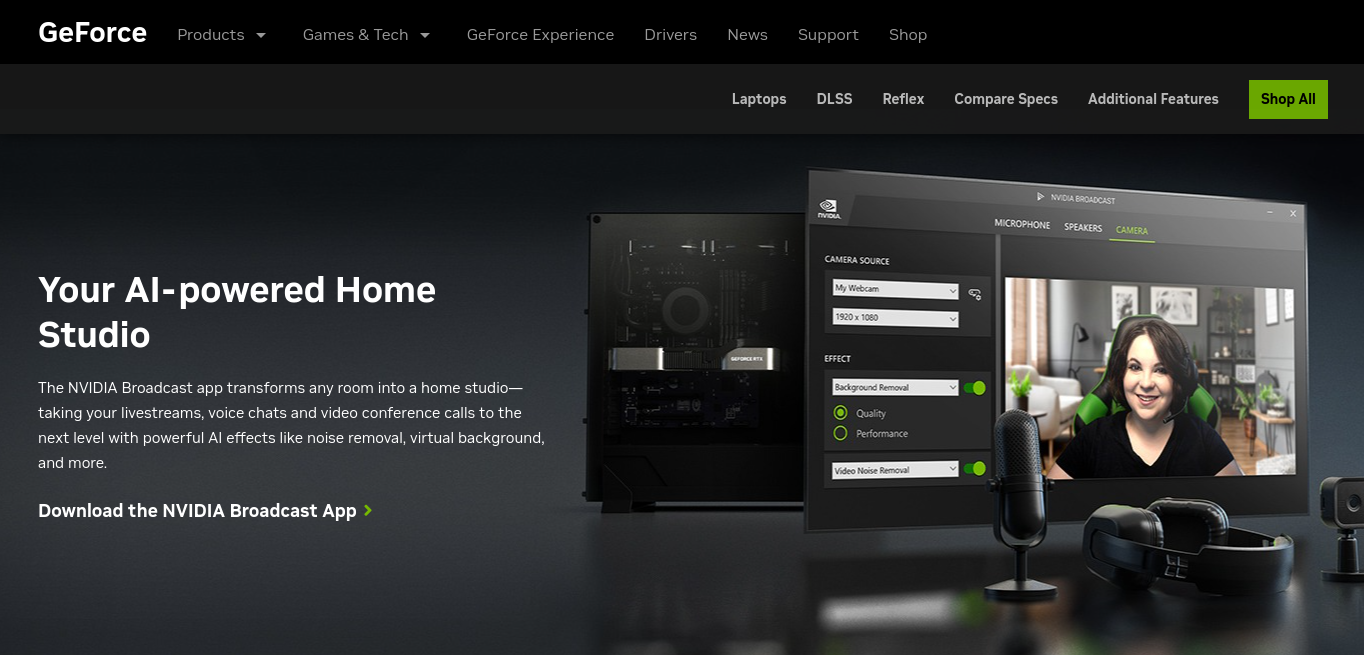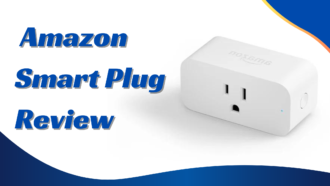NVIDIA GeForce RTX 2080 Max-Q
NVIDIA released their GeForce RTX 2080 Max-Q mobile graphics processor on January 29th, 2019. The chip is based on the TU104 graphics processor and was manufactured using a 12 nm process; it is compatible with DirectX 12 Ultimate in its N18E-G3-A1 variant. As a result, the GeForce RTX 2080 Max-Q can handle any game released in the last few years. Support for hardware raytracing, variable-rate shading, and other features will be present in future games thanks to DirectX 12 Ultimate.
NVIDIA GeForce RTX 2080 Max-Q Specification
| Display Connectors | No outputs |
| Release Date | 2 April 2020 |
| RAM | 8 GB |
| Core clock speed | 975 MHz |
| Boost clock speed | 1230 MHz |
| Memory Type | GDDR6 |
| Power Consumption | 90 Watt |
| Interface | PCIe 3.0 x16 |
| Price | $812 |
Review
The die size of the TU104 graphics processor is 545 mm2, and it contains 13,600,000,000 transistors. To get the GeForce RTX 2080 Max-Q to its goal shader count, NVIDIA disabled some shading units, unlike the fully unlocked GeForce RTX 2080 Super, which uses the same GPU but has all 3072 shaders activated. It has 64 ROPs, 64 texture mapping units, and 184 shading units. There are 368 tensor cores provided, which accelerate machine learning programs. There are 46 raytracing acceleration cores on the GPU as well. The GeForce RTX 2080 Max-Q from NVIDIA features 8 GB of GDDR6 RAM connected through a 256-bit memory interface. Memory is functioning at 1500 MHz (12 Gbps effective), and the GPU is operating at 735 MHz (with a boost to 1095 MHz).
Clock Speed
We have witnessed the largest difference in clock speed between Nvidia’s Turing desktop and mobile products in the RTX 2080 and RTX 2080 Max-Q. The RTX 2080 Max-Q’s peak speed is only 1200 MHz, whereas the desktop card can achieve 1900 MHz. When compared to a desktop with an RTX 2080, this GPU’s performance is abysmal, especially when other common laptop bottlenecks are considered. The fact that there appear to be two versions of this GPU on the market—the ordinary, default 80W version we’ve been discussing so far and a higher-clocked 90W variant—adds to the already considerable level of complexity surrounding it. The 90W variant features a considerable increase from its base clock of 990 MHz to its boost clock of 1230 MHz. This boost is usually experienced as a GPU clock speed of roughly 1400 MHz.
Both models have the same memory setup, which consists of 384 GB/s of bandwidth spread across 8 gigabytes of GDDR6 operating at 12 Gbps on a 256-bit bus. The RTX 2080 Max-Q’s memory clock speed is 14 Gbps, which is significantly lower than the card’s clock speed on a desktop PC.
Do Max-Q Graphics Offer the Same Level of Performance as Typical Mobile Graphics?
The performance of Max-Q graphics cards is typically lower than that of their native counterparts (for example, a laptop with an RTX 2080 Max-Q graphics card will produce lower frame rates than a conventional mobile RTX 2080 will). The performance of an RTX 2070 Max-Q laptop is roughly equivalent to that of a non-Max-Q RTX 2060 laptop, according to our tests. Max-Q ultimately sets a power constraint that flows into lower clocks, leveling the playing field amongst GPUs of vastly different designs. A Max-Q laptop should be slimmer, lighter, and quieter than a non-Max-Q laptop, and cheaper too (if everything else is equal).
What is the function of a Max-Q GPU?
As a result of Nvidia’s “peak efficiency” optimizations, Max-Q graphics cards can now be installed in ultrathin laptops. Instead of increasing the clock speed, voltages, and memory bus to achieve maximum performance, they are optimized to achieve maximum performance within a specified heat envelope or at a specified decibel level. The business claims that Max-Q graphics cards are meticulously developed from the ground up, including the chips, drivers, control system, thermal, and electrical components. Manufacturers of Max-Q laptops still need to include cooling systems, but they must take extra care to build thermal and electrical designs, heatpipes, heatsinks, efficiency energy regulators, quality yet quieter fans, and other components.

